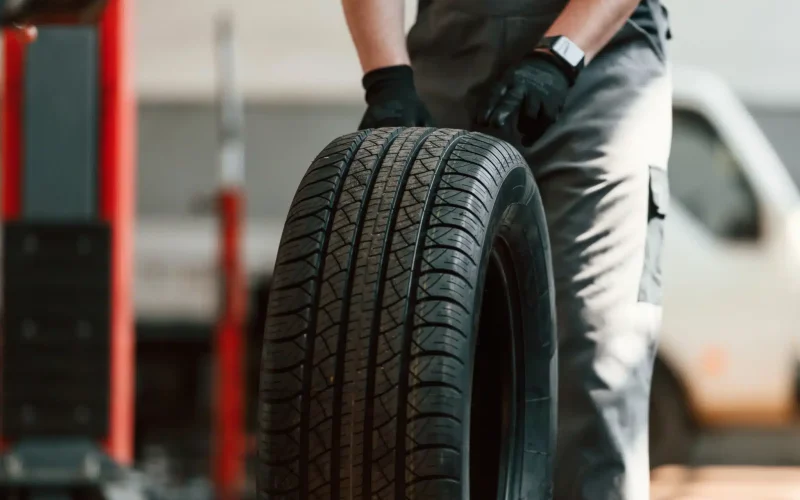As the snow melts and the days grow longer in Edmonton and Sherwood Park, drivers begin to think about shedding their winter tires for all-season alternatives. Making the switch at the right time is crucial not only for ensuring your vehicle’s performance but also for extending the lifespan of your winter tires. In this guide, we’ll walk you through the optimal timing for switching winter tires to all-season tires and share best practices for storing winter tires during the off-season—a service we proudly offer at Bruce Stewart’s Auto Repair Centre.
Understanding Tire Types and Timing
Winter tires are engineered to deliver superior traction, braking, and handling in cold, icy, or snowy conditions. They’re made from a softer rubber compound that remains flexible in cold weather, providing a grip where all-season tires would harden and lose traction. Conversely, all-season tires are designed to perform well in a wide range of conditions from dry asphalt to wet roads but fall short in harsh winter conditions.
The timing for switching tires is pivotal. In Edmonton and Sherwood Park, it’s generally advisable to wait until the daily temperatures consistently stay above 7°C. This is because the soft rubber compound of winter tires wears down much faster on warm pavement. Making the switch too early or too late can either compromise your safety or accelerate the wear on your winter tires, affecting their efficacy and your investment.
Switching Winter Tires Edmonton
In Edmonton, where winter can linger, be guided by the temperature rather than the calendar. Once you’ve noticed the consistent warmer weather, it’s time to schedule your tire switch. Doing so not only improves your vehicle’s performance and safety in warmer conditions but also ensures you’re getting the most out of your winter tires over their lifetime.
All-Season Tires Sherwood Park
For drivers in Sherwood Park contemplating the switch to all-season tires, consider the versatility they offer. Ideal for the region’s varied spring and summer conditions, all-season tires provide a balanced performance in wet and dry conditions, offering a comfortable ride. Remember, while they can handle light winter conditions, they’re not a substitute for winter tires when the temperature drops and snow falls.
Storing Winter Tires: Best Practices for the Off-Season
Proper storage of winter tires is essential to maintain their condition and extend their usability. At Bruce Stewart’s Auto Repair Centre, we offer winter tire storage services to make this transition seamless and ensure your tires are well-cared for during the warmer months. Here are some best practices we adhere to:
- Clean Before Storing: Remove any dirt, grease, and brake dust to prevent the rubber from deteriorating.
- Dry Thoroughly: Ensure your tires are completely dry before storage to prevent mildew or corrosion.
- Avoid Sunlight and Heat: Store tires in a cool, dry place away from direct sunlight and ozone exposure which can degrade the rubber.
- Position Correctly: If storing tires without rims, stand them upright. If they’re on rims, stack them horizontally to avoid shape distortion.
- Cover for Protection: Use tire bags or coverings that are airtight and made from a material that doesn’t trap moisture.
By entrusting us with your winter tire storage, you’re ensuring that your tires are kept in an environment specifically designed to maintain their integrity and performance capabilities.
Switching from winter to all-season tires at the right time is a crucial aspect of vehicle maintenance that ensures safety and optimal performance. In Edmonton and Sherwood Park, timing this switch with the rise in temperatures and storing your winter tires properly can significantly impact your driving experience and tire longevity. At Bruce Stewart’s Auto Repair Centre, we’re here to assist you with both these needs, helping you spring forward safely and effectively.














